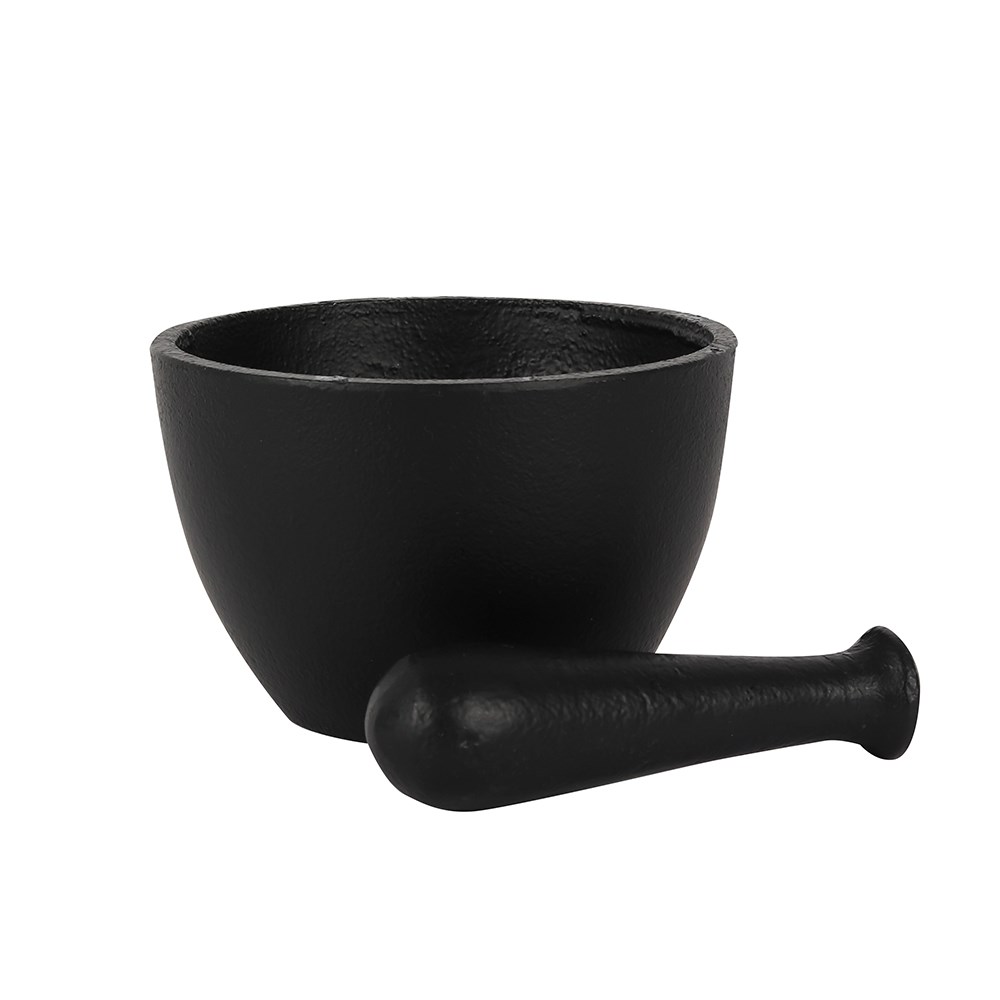In a laboratory setting, a cast iron mortar and pestle is primarily used for grinding and crushing solid materials into finer powders or pastes.This process increases the surface area of the material, which can improve solubility, reaction rates, and other chemical or physical properties.
Key Uses:
-
Grinding Solids:The primary function is to reduce the particle size of solid substances like chemicals, minerals, or biological samples.
-
Sample Preparation:In biology and life sciences, it’s used to break down tissues and cells to extract components for analysis.
-
Mixing:The pestle can also be used to mix solid substances thoroughly.
-
Specialized Applications:In fields like material science, it’s used for grinding metals and other materials for analysis.
-
Pharmaceuticals:In pharmacies and drug research, it’s used for preparing ingredients into fine powders for prescriptions or formulations, says Reflecta Laboratory Supplies.
Advantages of Cast Iron:
-
Durability:Cast iron is a robust material, making it suitable for heavy-duty grinding and crushing.
-
Heat Resistance:It can withstand high temperatures, which may be needed in some laboratory experiments.
-
Traditional Design:The traditional design of cast iron mortars and pestles allows for manual control of the grinding process, says Science Equip.
Important Considerations:
-
Material Selection:The choice of a cast iron mortar and pestle depends on the specific material being ground and the desired level of fineness.
-
Cleaning:Proper cleaning is essential to prevent contamination between different samples.
-
Safety:When using a mortar and pestle, it’s important to wear appropriate safety gear, such as gloves and eye protection, and follow proper handling procedures, says Reflecta Laboratory Supplies.
Cast Iron 150mm diameter.

